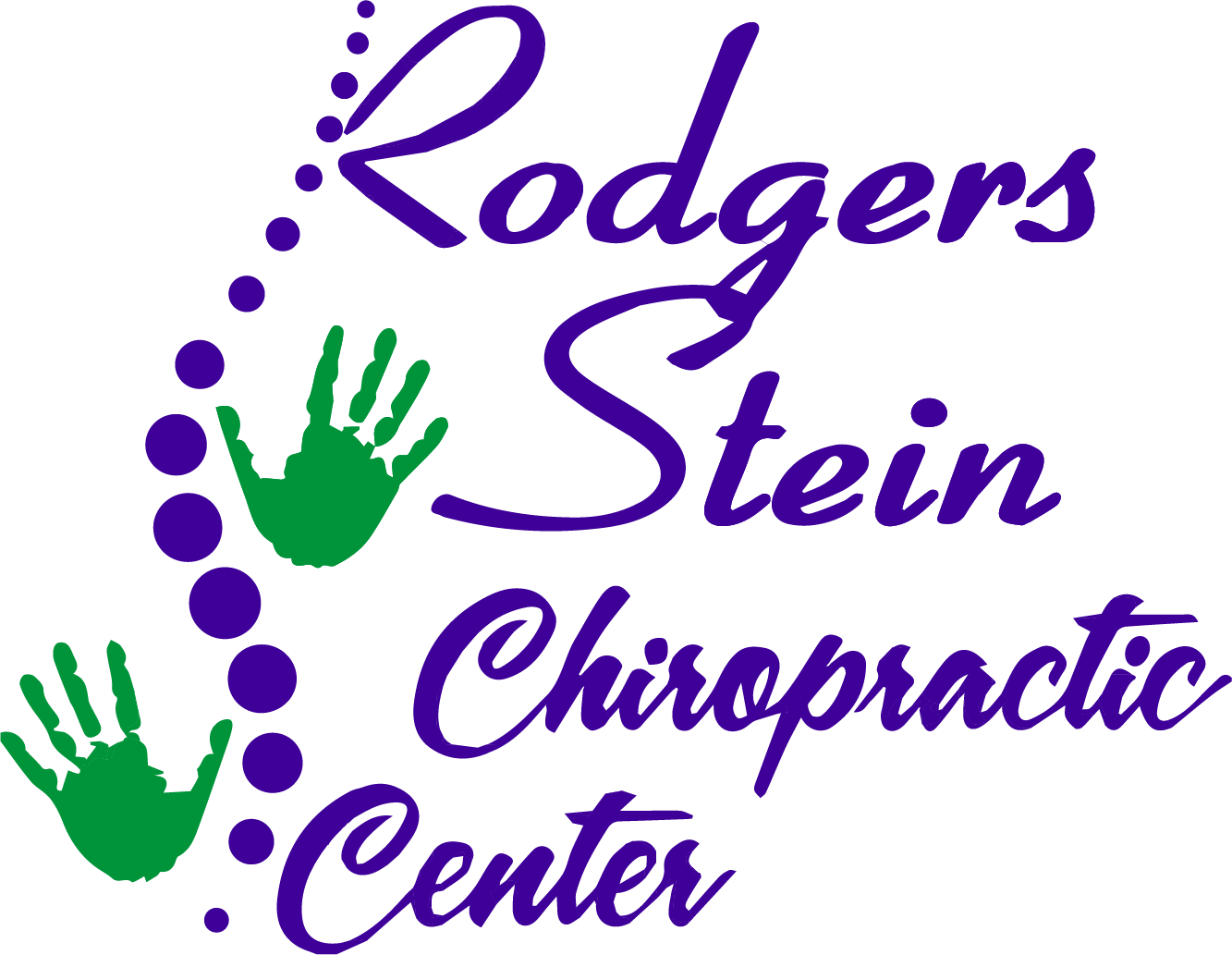As you navigate the complexities of chronic migraines, it's essential to understand how the landscape is shifting by 2025. Emerging treatments and personalized approaches are set to redefine your experience, offering new avenues for relief that weren't available before. Advances in technology and research are also enhancing your ability to manage triggers effectively. But what does this mean for your daily life and long-term health? The answers might surprise you, as we explore the evolving strategies that could open up a brighter future for migraine sufferers like yourself.
Understanding Chronic Migraines
Understanding chronic migraines starts with recognizing their distinct characteristics. You probably know that chronic migraines aren't just intense headaches; they involve a range of symptoms that can disrupt your daily life. Typically, you experience these migraines on 15 or more days a month, and they can last anywhere from a few hours to several days.
The pain often feels pulsating or throbbing, usually localized on one side of your head, but it can shift. Along with the pain, you might face nausea, vomiting, or sensitivity to light and sound. These accompanying symptoms can make it difficult to function, forcing you to retreat to a dark, quiet room.
It's important to pay attention to your triggers, which can include stress, hormonal changes, certain foods, and lack of sleep. Identifying these triggers can help you manage and potentially reduce the frequency of your migraines.
Additionally, chronic migraines can manifest differently for each person. Some may experience aura symptoms, such as visual disturbances or tingling sensations, before the headache begins. It's vital to understand your own experience with migraines, as this knowledge can empower you to seek appropriate treatment and support.
Recent Research Developments
Recent studies have made considerable strides in understanding chronic migraines, revealing promising avenues for treatment and management. Researchers have focused on the biological mechanisms behind migraines, identifying specific neurotransmitter imbalances that contribute to the severity and frequency of attacks. This knowledge is vital as it allows you to better understand how these factors influence your condition.
One groundbreaking area of research involves the role of the gut-brain axis. Scientists have found that gut health may greatly impact migraine frequency and intensity. By studying the microbiome, researchers have discovered potential links between certain gut bacteria and migraine susceptibility. This insight opens up new possibilities for dietary interventions that could help alleviate your symptoms.
Moreover, advancements in neuroimaging techniques have enabled researchers to visualize changes in brain activity during migraine attacks. These findings help clarify why certain triggers—like stress or hormonal fluctuations—can provoke episodes. With this understanding, you can work more closely with your healthcare provider to identify your specific triggers and develop personalized management strategies.
Additionally, studies on the impact of lifestyle factors, such as sleep and physical activity, highlight the importance of holistic approaches to managing chronic migraines. By integrating these findings into your daily routine, you can potentially reduce the frequency of your attacks.
Innovative Treatment Options
With emerging research paving the way, innovative treatment options for chronic migraines are becoming increasingly accessible. As you navigate the landscape of migraine relief, consider the advancements in neuromodulation therapies. Devices like transcranial magnetic stimulation (TMS) and non-invasive vagus nerve stimulation (nVNS) are gaining traction, offering you non-pharmaceutical alternatives to manage your pain.
In addition to these devices, you might find preventive medications that target migraine pathways, such as calcitonin gene-related peptide (CGRP) inhibitors, particularly effective. These treatments have shown promise in reducing both the frequency and severity of your migraines.
You may also want to explore the potential of monoclonal antibodies, which are designed to block specific molecules involved in migraine attacks.
Another exciting area is the use of virtual reality (VR) as a therapeutic tool. Some studies suggest that immersive VR experiences can help distract you from pain and reduce migraine symptoms, providing a novel approach to pain management.
Don't overlook lifestyle changes, either. Emerging apps offer personalized tracking and insights, helping you identify triggers and manage your migraine patterns more effectively. These tools can empower you to take charge of your health.
As you explore these innovative options, remember that the journey to relief is unique for everyone. By staying informed and open to new treatments, you can find the right combination that works best for you.
Personalized Therapy Approaches
As you explore personalized therapy approaches for chronic migraines, you'll find that tailored treatment plans are becoming essential.
Innovative technology now allows healthcare providers to customize therapies based on your unique symptoms and responses.
This shift not only enhances effectiveness but also empowers you to take control of your migraine management.
Tailored Treatment Plans
When it comes to managing chronic migraines, one size definitely doesn't fit all. Tailored treatment plans are vital for addressing your unique triggers, symptoms, and lifestyle. Your journey starts with a thorough assessment of your medical history, including previous migraine episodes and any current medications.
By understanding your specific patterns, you and your healthcare provider can craft a personalized strategy that works best for you.
Consider integrating a combination of therapies, such as medications, lifestyle changes, and alternative treatments. You might find that certain prescription medications effectively alleviate your pain, while others may leave you feeling worse.
By trial and error, you can hone in on what truly helps.
Don't forget to include preventive measures in your plan. Keeping a migraine diary can be a game-changer, allowing you to identify triggers like certain foods, stressors, or sleep patterns.
Once you pinpoint these, you can make targeted adjustments.
Regular follow-ups are important, too. Your needs may evolve over time, so staying in touch with your healthcare provider guarantees that your treatment plan remains effective and relevant to your life.
Innovative Technology Integration
Innovative technology is revolutionizing how you manage chronic migraines, making personalized therapy approaches more effective than ever. With advancements in digital health, you now have access to tools that can tailor treatment to your unique needs.
These innovations not only enhance your understanding of triggers but also improve the way you respond to treatments.
Here are some key ways technology is integrating into migraine care:
- Wearable Devices: Smart gadgets can track your symptoms and environmental factors, providing real-time data for better management.
- Mobile Apps: Customized apps help you log headaches, identify patterns, and even remind you to take medications.
- Telehealth Services: Virtual consultations allow you to connect with specialists from the comfort of your home, ensuring timely support.
- AI Algorithms: Machine learning analyzes your data to predict migraine occurrences and suggest preventative measures.
- Biofeedback Techniques: Devices that monitor physiological responses can teach you to control stress and tension, reducing migraine frequency.
Identifying Migraine Triggers
Identifying migraine triggers is essential for managing chronic migraines effectively. Understanding what sets off your migraines can empower you to take control of your condition and minimize attacks.
Start by keeping a migraine diary to track when your headaches occur, along with your activities, diet, stress levels, and sleep patterns. This will help you spot patterns and common triggers.
Common triggers include certain foods, like aged cheeses, processed meats, and wine, which you might want to avoid. Stress is another significant factor; consider incorporating relaxation techniques, such as meditation or yoga, into your routine.
You may also notice that changes in your sleep schedule, whether too much or too little sleep, can lead to migraines. Try to maintain a consistent sleep pattern.
Environmental factors, like bright lights, strong smells, or weather changes, can also trigger migraines. Pay attention to these elements in your surroundings and make adjustments where possible.
Hormonal changes are another common trigger, particularly for women. Tracking your menstrual cycle alongside your migraines can help you identify if this is a factor for you.
Once you've identified your triggers, you can take proactive steps to avoid them. This could mean altering your diet, managing stress better, or creating a migraine-friendly environment.
Technological Advancements in Care
Technology is revolutionizing the way we manage chronic migraines, offering new tools and solutions that enhance patient care. As a patient, you can now access various innovations that help track, treat, and alleviate your symptoms more effectively than ever before.
These advancements not only empower you to take charge of your health but also improve communication with healthcare providers.
Here are some of the key technological advancements in migraine care:
- Wearable Devices: Smartwatches and headbands monitor physiological data, helping you identify patterns that may trigger your migraines.
- Mobile Apps: These apps allow you to log symptoms, medication usage, and triggers, giving you and your doctor valuable insights for personalized treatment plans.
- Telehealth Services: Virtual consultations make it easier to connect with specialists, ensuring you receive timely care without the hassle of traveling.
- Neuromodulation Devices: Non-invasive devices like transcranial magnetic stimulation (TMS) target specific brain areas, providing relief without the need for medications.
- AI and Machine Learning: Algorithms analyze large sets of migraine data, helping predict and prevent attacks based on your unique history.
Holistic Management Strategies
When managing chronic migraines, you might find that dietary adjustments and stress reduction techniques play essential roles.
By focusing on what you eat and how you cope with stress, you can create a more balanced approach to your health.
Let's explore how these strategies can make a difference in your daily life.
Dietary Adjustments
Incorporating dietary adjustments into your daily routine can considerably impact the management of chronic migraines. By paying attention to what you eat, you can reduce the frequency and severity of your headaches.
Start by identifying potential trigger foods and eliminating them from your diet. This process may take some time, but it's worth the effort.
Here's a list of dietary adjustments you might consider:
- Stay Hydrated: Drink plenty of water throughout the day to prevent dehydration, a common migraine trigger.
- Limit Processed Foods: Reduce your intake of artificial additives, preservatives, and high-sugar snacks, which may provoke migraines.
- Focus on Whole Foods: Emphasize fruits, vegetables, whole grains, and lean proteins for balanced nutrition and sustained energy.
- Regular Meal Timing: Establish a routine for eating to help maintain stable blood sugar levels, which can minimize migraine occurrences.
- Monitor Caffeine Intake: Some individuals find relief with moderate caffeine, while others may trigger migraines; find your balance.
Stress Reduction Techniques
Managing stress effectively can greatly reduce the frequency and intensity of chronic migraines. One of the best techniques you can implement is mindfulness meditation. Just a few minutes each day can help you focus on your breath and stay present, reducing stress levels considerably.
Another powerful method is deep breathing exercises. Whenever you feel tension building, take a moment to inhale deeply through your nose, hold for a few seconds, and then exhale slowly through your mouth. This simple practice can calm your mind and body.
Incorporating physical activity into your routine can also be a game changer. Whether it's a brisk walk, yoga, or dancing, moving your body releases endorphins that combat stress.
Consider journaling as well. Writing down your thoughts and feelings can help you process emotions and clear your mind.
Lastly, don't underestimate the power of social connections. Spend time with supportive friends or family, share your experiences, and lean on them for encouragement.
Patient Empowerment and Education
Empowering patients with chronic migraines is essential for effective management and improved quality of life. When you take charge of your health, you're more likely to find a treatment plan that works for you.
Education plays a vital role in this empowerment. By understanding your condition, you can make informed decisions and communicate better with your healthcare provider.
Here are some key ways to enhance your knowledge and take control of your migraines:
- Learn about triggers: Identify specific foods, activities, or environmental factors that may cause your migraines.
- Track your symptoms: Keep a diary to monitor your headache patterns, intensity, and duration, helping you recognize trends.
- Explore treatment options: Research various medications, therapies, and lifestyle changes that could alleviate your symptoms.
- Connect with support groups: Engage with others who understand your struggles, sharing experiences and coping strategies.
- Stay informed: Read up-to-date research and resources about chronic migraines to stay current on effective management techniques.
Future Outlook for Migraine Relief
As you become more knowledgeable about chronic migraines, it's important to look ahead at the future of migraine relief. Advances in technology and medicine are paving the way for more effective treatments, which could dramatically change your experience with migraines.
In the coming years, expect to see a surge in personalized medication options tailored specifically to your genetic makeup and migraine triggers. This means that what works for someone else may not work for you, and that's okay.
Innovative devices, like neuromodulation tools, are also on the horizon. These devices can provide non-invasive stimulation to help alleviate pain. Imagine having a treatment option that doesn't rely on traditional medications, reducing side effects and dependence on pills.
Furthermore, telehealth services are becoming more robust. You'll have easier access to specialists who can guide you through your migraine management plan without the hassle of long waits. This means quicker adjustments to your treatment based on real-time feedback from you.
Research into dietary and lifestyle factors continues to grow, too. You might find that new insights into nutrition and exercise can provide additional support in managing your migraines effectively.
Conclusion
As we look ahead to 2025, the future of chronic migraine management is brighter than ever. With groundbreaking treatments, personalized therapies, and innovative technology at your fingertips, you're empowered to take control of your health. By understanding your triggers and embracing holistic lifestyle changes, you can enhance your quality of life. Stay informed, stay proactive, and remember that effective relief is on the horizon—you're not alone in this journey towards a more manageable migraine experience.



